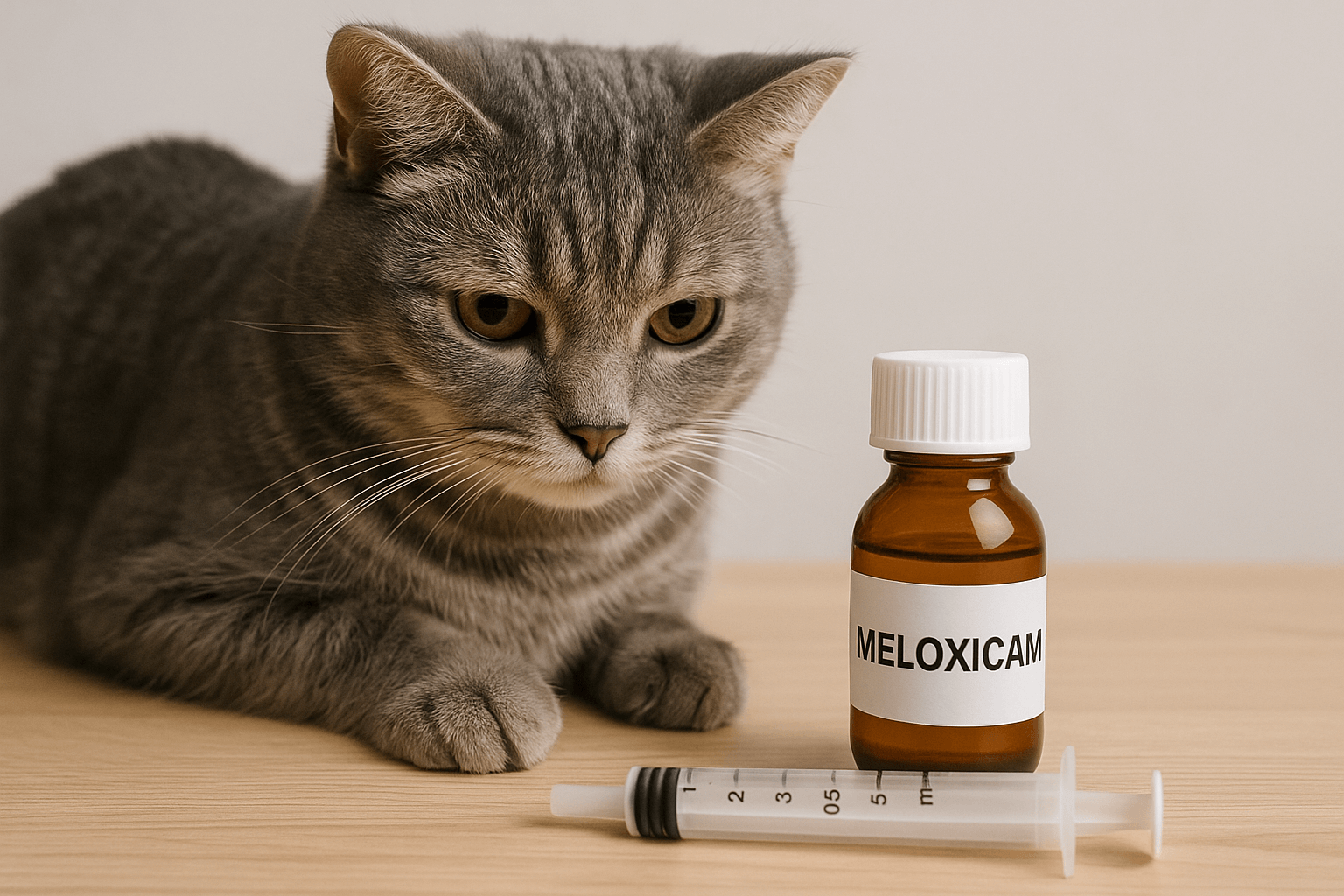Understanding the ACTH Stimulation Test in Dogs: A Vital Diagnostic Tool
When it comes to ensuring the health and well-being of our furry companions, diagnostic tests play a crucial role. Among these, the ACTH stimulation test stands out as an essential tool veterinarians use to evaluate adrenal gland function in dogs. This test is particularly important for diagnosing conditions like Addison’s disease or Cushing’s syndrome, which can significantly impact a dog’s quality of life. In this blog post, we’ll explore what the ACTH stimulation test entails, its purpose, how it works, and why it’s so important for maintaining your dog’s health.
What Is the ACTH Stimulation Test?
Before diving into the specifics, let’s break down what the ACTH stimulation test actually involves. This diagnostic procedure is designed to assess how well a dog’s adrenal glands respond to adrenocorticotropic hormone (ACTH), which is produced by the pituitary gland. Here are some key points about the test:
The ACTH stimulation test measures cortisol levels before and after administering synthetic ACTH.
It helps determine if the adrenal glands are producing adequate amounts of cortisol.
Veterinarians often recommend this test when symptoms suggest an imbalance in cortisol production.
The test is minimally invasive and typically performed in a clinical setting.
Results provide critical insights into whether a dog has hypoadrenocorticism (Addison’s disease) or hyperadrenocorticism (Cushing’s syndrome).
In summary, the ACTH stimulation test is a straightforward yet powerful diagnostic tool that helps veterinarians pinpoint adrenal gland issues in dogs.
Why Is the ACTH Stimulation Test Important?
The ACTH stimulation test holds immense value in veterinary medicine, as it provides clear answers to complex health concerns. Here’s why this test is indispensable:
Early detection of adrenal disorders can prevent complications and improve treatment outcomes.
It helps differentiate between Addison’s disease and other conditions with similar symptoms.
The test ensures accurate diagnosis, reducing the risk of unnecessary treatments.
Monitoring cortisol levels aids in managing chronic conditions like Cushing’s syndrome effectively.
Veterinarians rely on this test to tailor treatment plans based on individual needs.
By providing precise information about adrenal function, the ACTH stimulation test empowers pet owners and veterinarians to make informed decisions about a dog’s care.
Check this guide 👉Understanding Follicular Cysts in Dogs: Best 7 Health Tips!
Check this guide 👉Understanding Paroxysmal Dyskinesia in Dogs: Best 7 Tips!
Check this guide 👉Understanding Soft Tissue Sarcoma in Dogs: Best 7 Tips!

Key Benefits of the ACTH Stimulation Test | Common Conditions Diagnosed |
|---|---|
Accurate assessment of adrenal gland function | Addison’s disease (hypoadrenocorticism) |
Minimally invasive procedure | Cushing’s syndrome (hyperadrenocorticism) |
Early detection of hormonal imbalances | Adrenal tumors |
Guides personalized treatment plans | Secondary adrenal insufficiency |
Helps monitor ongoing treatment effectiveness | Pituitary-dependent Cushing’s |
How Is the ACTH Stimulation Test Performed?
Understanding the process behind the ACTH stimulation test can help ease any concerns you might have as a pet owner. Here’s a step-by-step overview of what happens during the procedure:
Your dog will first undergo a baseline blood draw to measure initial cortisol levels.
Synthetic ACTH is then administered via injection under the skin or into a vein.
After waiting approximately one hour, a second blood sample is taken to measure post-stimulation cortisol levels.
Both samples are sent to a laboratory for analysis.
Results are typically available within a few days, allowing your veterinarian to interpret them and discuss next steps.
This streamlined process ensures that the test is both efficient and effective in delivering reliable results.
Preparing Your Dog for the ACTH Stimulation Test
Proper preparation can make a significant difference in ensuring the accuracy of the test results. Below are some tips to help you get your dog ready:
Avoid giving your dog any medications that could interfere with cortisol levels unless instructed otherwise by your vet.
Ensure your dog fasts for at least 12 hours before the test, as food can affect cortisol measurements.
Keep your dog calm and stress-free prior to the appointment, as anxiety may influence hormone levels.
Bring all relevant medical records, including details about current medications or supplements.
Follow your veterinarian’s specific instructions regarding pre-test care.
By taking these steps, you’ll contribute to obtaining the most accurate and actionable results from the ACTH stimulation test.
How to Interpret Test Results
Understanding the results of the ACTH stimulation test is crucial for making informed decisions about your dog’s health. Here’s a breakdown of what different outcomes might indicate:
Normal cortisol levels before and after stimulation suggest healthy adrenal function.
Low baseline and post-stimulation cortisol levels may indicate Addison’s disease.
Excessively high cortisol levels could point to Cushing’s syndrome or other adrenal disorders.
Inconsistent results may warrant further testing or repeat procedures for confirmation.
Your veterinarian will correlate test findings with clinical symptoms to form a complete picture.
In conclusion, interpreting the results requires collaboration between you and your vet to ensure an accurate diagnosis and appropriate treatment plan.
Potential Challenges During Testing
While the ACTH stimulation test is generally reliable, certain factors can influence its accuracy. Being aware of these challenges helps set realistic expectations:
Stress or anxiety in your dog during the visit can temporarily elevate cortisol levels.
Certain medications, such as steroids, may interfere with test results if not discontinued beforehand.
Laboratory errors, though rare, can sometimes lead to misleading outcomes.
Underlying health conditions unrelated to adrenal function may complicate interpretation.
Timing of the blood draws must be precise to avoid skewed cortisol measurements.
By addressing these potential challenges proactively, veterinarians can minimize errors and improve diagnostic reliability.
Post-Test Care and Monitoring
Once the ACTH stimulation test is complete, ongoing care and monitoring are essential to managing your dog’s condition effectively. Here’s what you can expect moving forward:
Follow-up appointments may be scheduled to discuss treatment options based on the results.
Dietary adjustments or supplements might be recommended to support adrenal health.
Regular retesting may be necessary to monitor how your dog responds to prescribed therapies.
Observing your dog’s behavior and symptoms at home provides valuable insights for your vet.
Open communication with your veterinarian ensures timely adjustments to the treatment plan.
Ultimately, staying vigilant and proactive in post-test care can make a significant difference in your dog’s long-term well-being.
Frequently Asked Questions About the ACTH Stimulation Test in Dogs
What does ACTH stand for?
ACTH stands for adrenocorticotropic hormone, which stimulates the adrenal glands to produce cortisol.
Is the ACTH stimulation test painful for my dog?
No, the test involves only minor discomfort from a blood draw and an injection, both of which are quick procedures.
How long does the test take?
The entire process usually takes about one to two hours, including the waiting period between blood draws.
Can my dog eat before the test?
Ideally, your dog should fast for 12 hours before the test to ensure accurate results.
Are there risks associated with the test?
The ACTH stimulation test is considered safe, though rare side effects such as mild irritation at the injection site may occur.
Empowering Pet Owners Through Knowledge
As a responsible pet owner, understanding the significance of the ACTH stimulation test equips you with the knowledge needed to advocate for your dog’s health. Whether you’re navigating concerns about Addison’s disease, Cushing’s syndrome, or another condition, this test serves as a cornerstone for accurate diagnosis and effective treatment. By staying informed and working closely with your veterinarian, you can ensure your beloved companion receives the best possible care. Remember, early detection and proactive management are key to helping your dog live a happy, healthy life.
Cat Fever Treatment: Best 7 Expert Tips! Discover expert advice on identifying, managing, and treating fever in cats to ensure their quick recovery and well-being.
Understanding Meloxicam for Cats: Best 7 Expert Tips! Learn how to safely administer meloxicam, manage side effects, and ensure your cat's comfort with expert advice on feline pain relief.
Amoxicillin for Cat UTI: Best 7 Expert Tips! Discover safe usage, dosage guidelines, and expert advice on treating feline urinary tract infections effectively with amoxicillin.
Understanding Cat Cancer Treatment: Best 7 Expert Tips! Discover expert advice on managing feline cancer, from early detection to treatment options, ensuring your cat’s health and comfort.





